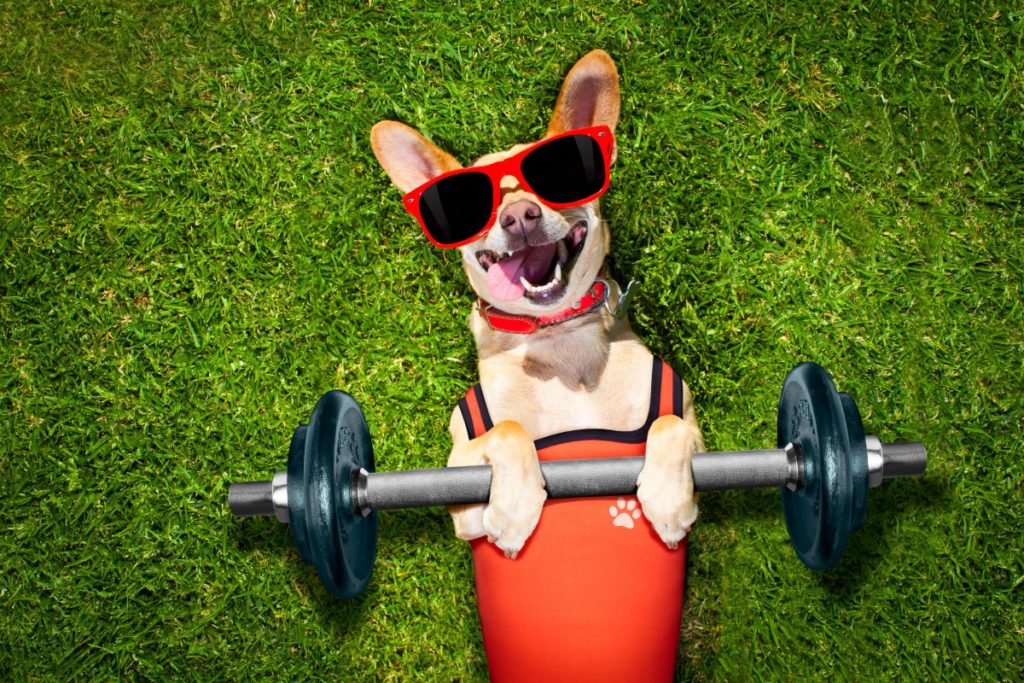Trying to improve your fitness, stamina and endurance? You might be surprised to find out that exercise is closely connected to gut health!
We know that the health of your gut microbiome influences your metabolism, hormonal and immune system.1 It is clear that our food choices influence the kinds of bacteria we can host.
But does physical activity affect your gut microbes, and vice versa?
The answer is yes! Mounting evidence suggests that exercise can actually modify the types of bacteria that reside within our guts.2
Let’s look at the evidence.
One thing we know about elite athletes is that they have great microbial diversity – this means that their gut ecosystems are full of many different strains of beneficial bacteria. Research shows that the more you exercise, the greater the number of helpful microbial species that will populate your gut. Exercise = gut diversity!3
Why should you care? Gut microbiome diversity matters because:
- Clinical studies confirm that microbial diversity is a marker of good health. The higher your diversity score, the lower the risk of developing obesity4 and type 2 diabetes.5
- Good diversity helps reduce the risk of neurodegenerative diseases6 and some cancers.7
- Microbes in the gut and the airways communicate through the “gut-lung axis”. This means that wide diversity in the gut microbial ecosystem supports lung health. Good diversity inside your gut can actually shorten the length of a cold or flu.8
Train for gut health!
Here are some tips for exercising with your gut in mind:
- After training, drink kefir. Research shows that drinking kefir improves recovery after intensive endurance training. The study, which examined endurance athletes who drank kefir twice a week, suggests that kefir may also be involved in improving the risk profile for cardiovascular disease.9
- Just get moving – every little helps! Microbiome changes can even be seen following quite modest exercise regimes. One study found that women who performed at least three hours of light exercise – such as a brisk walk or swim – per week had increased levels of beneficial bacteria Faecalibacterium prausnitzii, Roseburia hominis, and Akkermansia muciniphila compared with sedentary individuals.10
- Celebrate small improvements. Some people’s guts take longer to respond to the benefits of exercise. That’s normal! Health and disease sit on a spectrum that moves every time we eat, move, or change our mindset. Studies have shown people who exercise tend to have higher levels of butyrate (the anti-inflammatory short-chain fatty acid/SFCA produced by bugs like Faecalibacterium and Roseburia). More butyrate means better blood sugar control. Exercise can help with both improving butyrate production and insulin sensitivity.11 But it won’t happen overnight. If you’ve just started your exercise regime, allow some time for these changes to kick in.
- Increase your fibre intake. Athletes in training are coached to increase their prebiotic fibre, because it boosts species like Bifidobacterum and/or Lactobacillus species.12 These bacteria in turn, produces SCFAs, which have been extensively investigated for their effects on gut health, metabolism, immune and appetite regulation, as well as potential anti-inflammatory and anti-cancer properties.13 SCFAs may also play a role in improving the absorption of certain minerals like calcium, magnesium, and iron in the colon, as well as modulating bone mass and protection from inflammation-induced bone loss.14 Source 18 different types of prebiotic fibre, quickly and easily, in our Complete Prebiotic.
So when it’s time to roll out from under that duvet and lace up your trainers, inspire yourself with the thought that it’s not just you – you’re also benefiting trillions of your tiny gut bug friends! ; )















